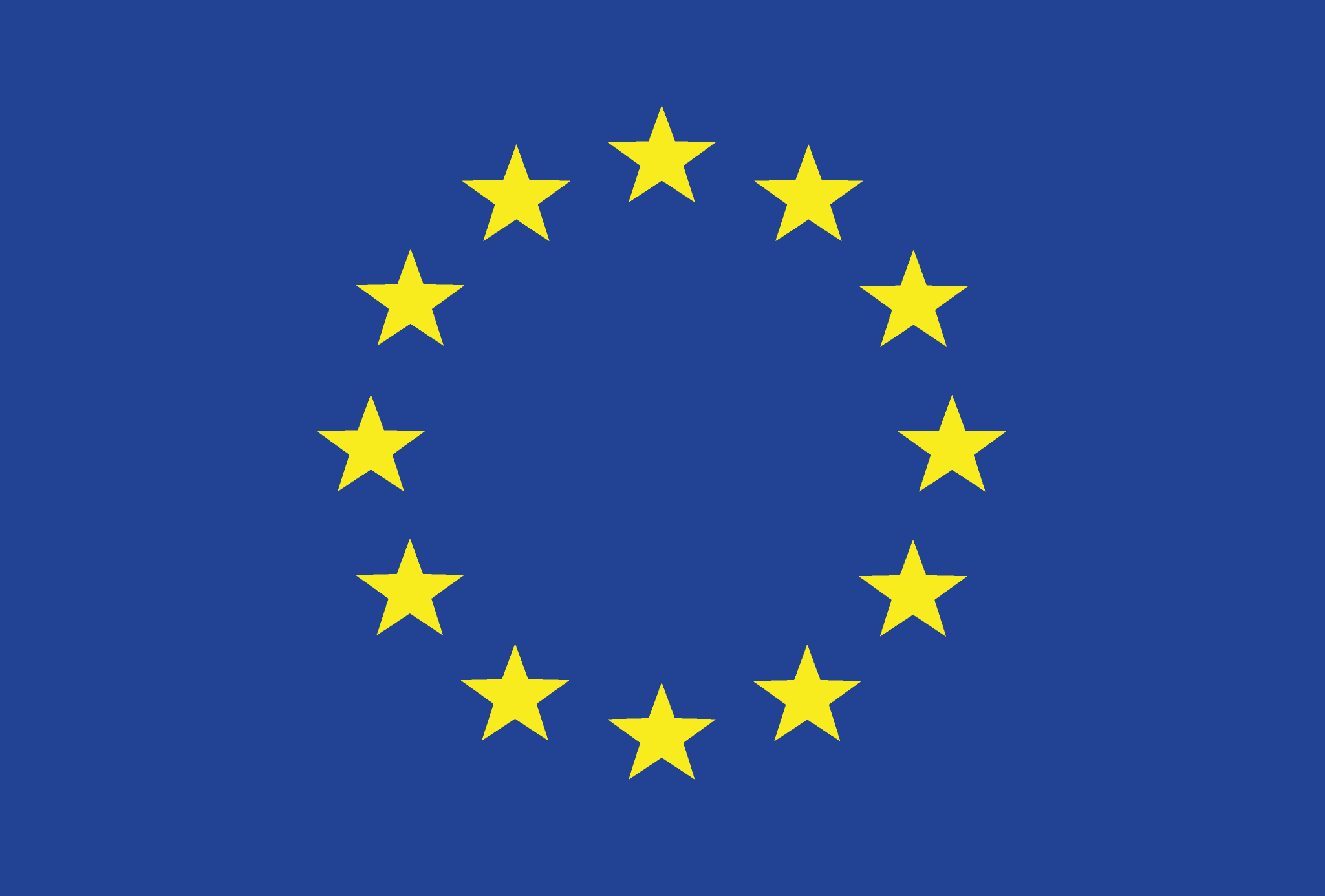Free radicals in biology and biomedicine (KBF / FRB)
Course contents:
1. ROS characterization. ROS definition, characterization of molecular oxygen, characterization of ROS, classification according to electron configuration and formation. ROS formation, excited form of molecular oxygen, type II reaction, decomposition of peroxides (dioxetane and tetroxide), reduced form of molecular oxygen, reduction of molecular oxygen (one-electron and two-electron reduction), oxidation of water (one-electron and two-electron oxidation). ROS scavenging, scavenging of excited form of molecular oxygen (physical and chemical), scavenging of reduced form of molecular oxygen (non-enzymatic and enzymatic scavenging). ROS reaction, characterization of biomacromolecule oxidation, radical-induced oxidation of biomacromolecule, radical-induced oxidation of amino acid and lipids, radical-induced oxidation of bases, non-radical-induced oxidation of biomacromolecule, non-radical-induced oxidation of amino acid and lipids, non-radical-induced oxidation of bases.
2. ROS formation. ROS formation by energy transfer, type II reaction (skin photosensitizers and chlorophylls), decomposition of peroxides (dioxetane and tetroxide), ROS formation by electron transport, superoxide anion radical in mitochondria, chloroplasts, plasma membranes, microbodies and endoplasmic reticulum, hydrogen peroxide in mitochondria, chloroplasts, plasma membranes, hydroxyl radical (free and bound metals).
3. Antioxidant defense system. Non-enzymatic antioxidant, bilirubin, lipoic acid, coenzyme Q10, uric acid, melanin, glutathione, ascorbate, alfa-tocopherol, carotenoids. Enzymatic antioxidant, Superoxide dismutase, types of SOD, peroxidases, types of peroxidases.
4. Oxidative damage of biomolecules. Radical-induced oxidative damage to biomolecules, oxidation of lipids, proteins and nucleic acids by hydroxyl radical and superoxide anion radical, non-radical-induced oxidative damage of biomolecules, oxidation of lipids, proteins and nucleic acids by singlet oxygen and hydrogen peroxide.
5. Oxidative damage to biomolecules and cells. Oxidative damage to biomolecules, oxidative damage to nuclei acid, lipid peroxidation, oxidative damage to proteins, cellular responds to oxidative stress (proliferation, adaptation, cell damage, cell death).
6. Molecular mechanisms of free radical production in disease. Arteriosclerosis, diabetes, ischaemia, Parkinson’s and Alzheimer’s disease, cancer (cell cycle and free radicals, carcinogens, oxidative stress and chemotherapy).
7. Spectroscopic ROS detection. EPR spin-trapping spectroscopy (superoxide anion radical, hydroxyl radical and singlet oxygen). Detection of ROS by absorption and emission methods (superoxide anion radical, singlet oxygen and hydrogen peroxide).
About us
Aurora is a partnership of like-minded and closely collaborating research‑intensive European universities, who use their academic excellence to drive societal change.

Co-funded by the Erasmus+ Programme of the European Union

This project has received funding from the European Union´s Horizon 2020 research and innovation programme under grant agreement No 101035804
© Aurora European Universities | map by Leaflet, © OpenStreetMap contributors, © CARTO | admin | email template.